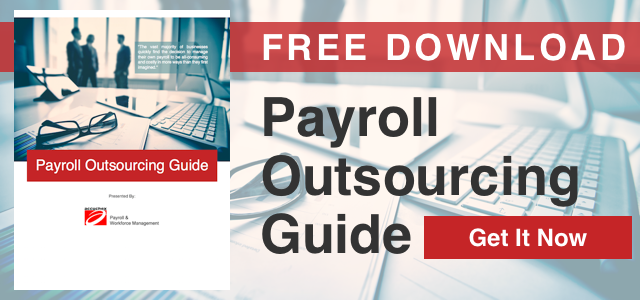 Payroll compliance is one of the most critical and often most difficult aspects of payroll management and CA labor laws. Each year, it seems, the legislation, regulations and Federal and State requirements increase. And along with them so do the possibilities of making costly errors.
Payroll compliance is one of the most critical and often most difficult aspects of payroll management and CA labor laws. Each year, it seems, the legislation, regulations and Federal and State requirements increase. And along with them so do the possibilities of making costly errors.
Failing In Payroll Compliance Can Be Disastrous
The cost of non-compliance involves more than possible fines, fees, and government penalties. The time and labor involved in going back and re-doing paperwork, correcting existing errors, and filling out additional forms as a result of mistakes can cost you far more. Staying abreast of the changes in the labor law, California and federal, is an absolute must for any business owner, HR professional and company operating in the state.
Three Payroll Compliance Mistakes To Avoid
An inclusive list of potential mistakes would be distressingly long, but there are three common errors made in payroll compliance practices that should avoided:
-
Failing to file appropriate forms on time
As of October 1996, the federal government requires employers to report all new hires to their state agencies. They are required to report this information within 10 to 20 business days. The state then provides this information to the National Directory of New Hires (NDNH).
In addition to individual employee hiring requirements, there are quarterly and Year End deadlines that must be met in order to avoid penalties, fees, and possible audits. These include Form 941 filings that are due on the last day of the month following the end of the quarter, most state quarterly filings that are due on the last day of the month following the end of the quarter, and Year End deadlines for distributing W-2s to your employees, 1099s to your vendors, and filing paper 1096 and 1099 forms with the IRS.
Using a comprehensive and accurate checklist for filing deadlines is an essential part of avoiding non-compliance.
-
Assigning the wrong classification to a worker
Workers can be classified as employees, independent contractors, a statutory employee, or a statutory non-employee, each of which are fraught with potential for misunderstanding. Referring to the IRS Publication 15-A is a first step to clarify the IRS definitions of employment status. Secondly, be sure to use the IRS Form SS-8 to determine the worker's status for tax purposes. The IRS will then notify you as to what category the worker should be classified under.
Don't neglect to withhold taxes and report wage and tax information during the time until the IRS has informed you of their classification decision. A failure to withhold taxes or report wages could result in penalties after you file taxes.
-
Failing to keep and maintain employee records accurately
Because of the sheer volume of records and the large number of payroll compliance requirements surrounding them, this is an area that is likely to result in unintentional non-compliance. Checklists are again a great tool to employ to keep everyone responsible for employee and tax records informed of what is required.
The Fair Labor Standards Act (FLSA) has specific time regulations for employee documentation:
- Employee payroll records must be stored for at least three years after the last entry date.
- The IRS requires employee records be held for four years after the employee leaves the workplace.
- Any workplace that employs 50 or more workers must keep records regarding any employee leave in compliance with the Family and Medical Leave Act (FMLA).
- In addition, each state adheres to individual laws governed by unemployment agencies that require businesses to retain employment records. The time frame to hold onto these records can be between four to seven years.
Where to Find Information for Payroll Compliance
Payroll compliance is a labor-intensive requirement of all employers, but it can be achieved and there are scores of resources available for the employer who chooses to manage their own payroll processes. Here are a few to get you started:
- http://www.dol.gov/compliance/#.UKNG_-Oe-_A
- http://www.irs.gov/uac/Publication-15-(Circular-E),-Employer's-Tax-Guide
- http://www.sba.gov/content/learn-about-your-state-and-local-tax-obligations
Another option to consider is utilizing a managed payroll service. By outsourcing these functions you can also outsource all of the requirements that are currently on your HR staff to maintain compliance. If you have questions regarding this, or other HR issues and practices, let us help you in managing your HR needs, payroll processes, and staying on top of compliance demands. Get your Free Download: Payroll Outsourcing Guide to help you make an informed decision or call Accuchex Payroll Management Services at 877-422-2824.


